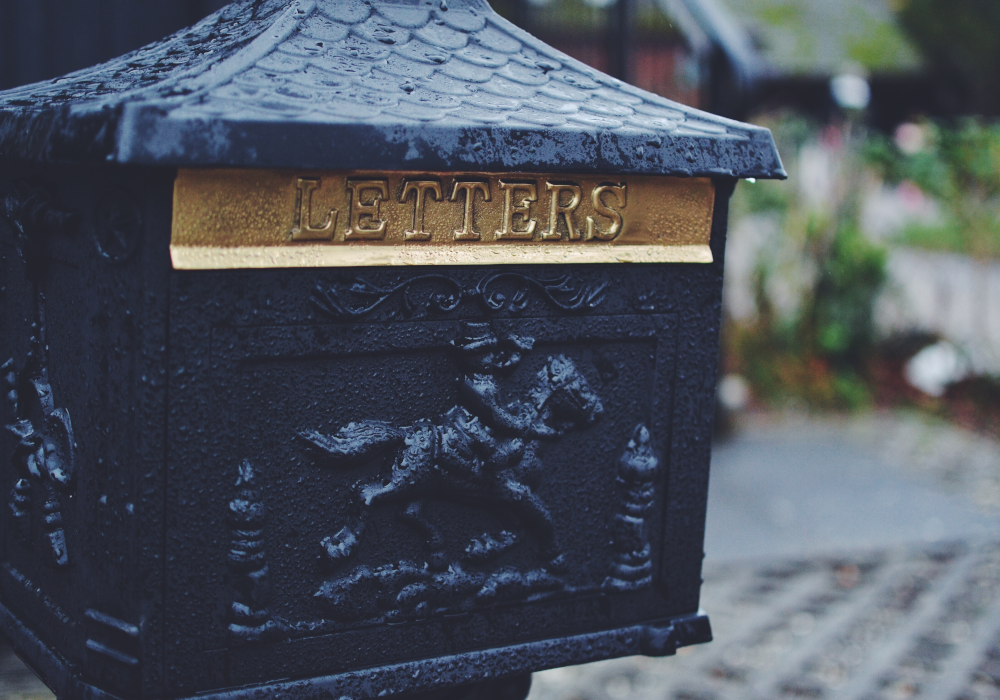
Hey! Welcome to the latest WiFi Ninjas blog! Today we’ll show you how to do three things: Register your Juniper switch to the Mist dashboard Configure switch basics using Mist dash GUI (switch name, VLANs, access ports and trunks, templates) Configure more advanced stuff using Mist dash “Additional CLI” field (L3 interfaces, inter-VLAN routing, DHCP […]

Welcome to our latest blog! If you’re like me and want to have most compact, cold, silent and energy efficient ESXi server at home, you probably looked at Intel NUC more than once 😉 I’m now upgrading (or rather downgrading?) my lovely 2U ESXi that built myself 2 years ago. It is still powerful, but […]

Hey! Welcome to our latest WiFi Ninjas Blog 🙂 We’ve been busy lately testing some available RTLS solutions from a few different major wireless players and fell absolutely in love with the topic to the point, where we shake from overexcitement when thinking or talking about it ???? This summarises how we feel: Steve Jobs […]

We have recently come across few production networks, where distance between two APs or APs and a client stations was much closer than I was comfortable with. Natural reaction was to suggest moving radios at least few metres apart. But why exactly? What happens when two or more transmitting radios are too close to one […]

In our previous blog (please start there), we were typing in all the site IDs, WLAN IDs, API authentication tokens & Mist API HTTPS URL manually. It’s no fun, right? Since we’re likely to interact with Mist API using one Mist account, we’ll probably use one API key globally. Additionally, we’ll probably interact with specific […]

Let’s face the truth. We can’t avoid dev stuff in WiFi forever! REST API, Python, JSON, Ansible and whatever else is needed – here we come! It’s time. This is day 1 of our studies! The mission for today? Actually we have a few 🙂 Prepare the environment to work with Mist REST API using […]

Upgrading Cisco Catalyst 9800 software is easy and sleek. You could use all standards protocols to put a new image on the controller: FTP, TFTP, SFTP or HTTPS. Here are the steps: Download new .bin image from Cisco; I went for the newest TAC recommended image. On the WLC, go to Administration > Software Upgrade […]

It’s simple, right? Sure! Took me a while to figure that one out. Our goal in this post is to demo Cisco Catalyst 9800 WLC FlexConnect Configuration. It’s assumed you’re familiar with all C9800 solution building blocks (we’ve covered it before here) but if it’s your first time, here is very quick recap: And this […]

Hey! And welcome to another C9800 blog 🙂 Recently, Matt has blogged about Redundancy configuration using GUI and covered HA/SSO operation here. Today, I wanted to do a deeper dive into the topic. Enjoy! Lab Environment: In my lab, both C9800-CL VMs will sit on a single ESXi box. In the real world, they would […]

One of our clients has recently approached me with concerns about their new WiFi network that we were planning to put in. They were coming from a wired-only environment and were not sure if introducing EAP-TLS based corporate wireless was a good and safe idea. Additionally, while preparing for my CWAP exam I heard in […]









